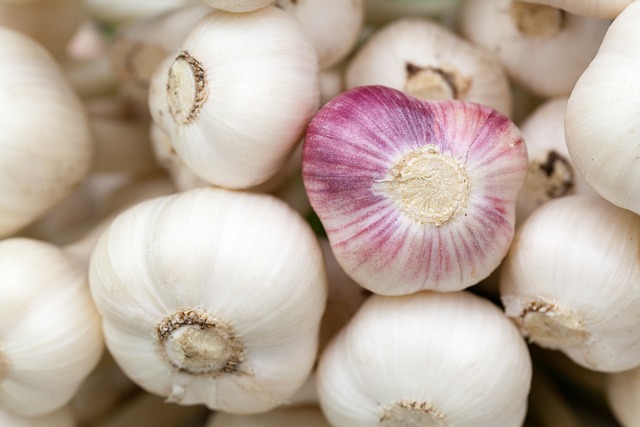How Garlic Price Hikes Impact Your Grocery Budget

New Delhi: The recent surge in garlic prices has left many wondering about the reasons behind this sudden increase. In just a few days, the cost of garlic has doubled, reaching an alarming ₹400 per kilogram in some areas. The primary cause? Dwindling supplies.
Unforeseen weather conditions, particularly unseasonal rainfall triggered by Cyclone Michaung in various parts of India, have wreaked havoc on garlic crops. This unexpected weather pattern led to extensive damage, resulting in a shortage of garlic in the market. Consequently, the prices have skyrocketed.
Garlic, a commonly used spice across India, has witnessed a drastic price hike, now ranging from ₹300 to ₹400 per kilogram in retail markets. This surge is expected to persist until the arrival of the new crop, which might not happen until the end of the month. Usually, during the winter season, garlic prices tend to rise due to low yields and supply.
This surge in garlic prices follows the shortage in onion supply, further impacting the cost of essential commodities. Despite efforts by the government, the rates have remained high.
The situation has affected consumers directly, impacting monthly budgets and daily kitchen essentials. The lack of local supply has forced dependency on costly sources from Gujarat, Rajasthan, and Madhya Pradesh, contributing to the price rise.
Unfortunately, this price surge is not limited to garlic alone. Tomatoes and onions have also experienced significant price hikes due to similar weather-related challenges during the monsoon season.
With the current scenario unlikely to improve soon, it’s crucial for consumers to be mindful of these price fluctuations and their impact on everyday expenses. As we await the new crop and hope for stable weather conditions, the prices of these essential spices are expected to remain high.





Pingback: ทีเด็ดบอลคืนนี้ คืออะไร ทำไมเหล่า เซียนบอลนิยมเล่น
Pingback: ผู้ผลิต AdBlue รายแรกของประเทศไทย
Pingback: เรียนต่อออสเตรเลีย
Pingback: arenal volcano mushroom
Pingback: Buy SAINT® VICTOR 5.56 AR-15 RIFLE – TACTICAL GRAY Online
Pingback: ที่ปรึกษาธุรกิจ
Pingback: เช่ารถตู้พร้อมคนขับ
Pingback: แผ่นปูทางเท้า
Pingback: แทงบอลออนไลน์
Pingback: ของพรีเมี่ยม
Pingback: altogel
Pingback: jili cityslot เล่นผ่านเว็บ ระบบมือถือ
Pingback: เลนส์บลูบล็อคออโต้
Pingback: fast-paced crash game
Pingback: sesammarket.com